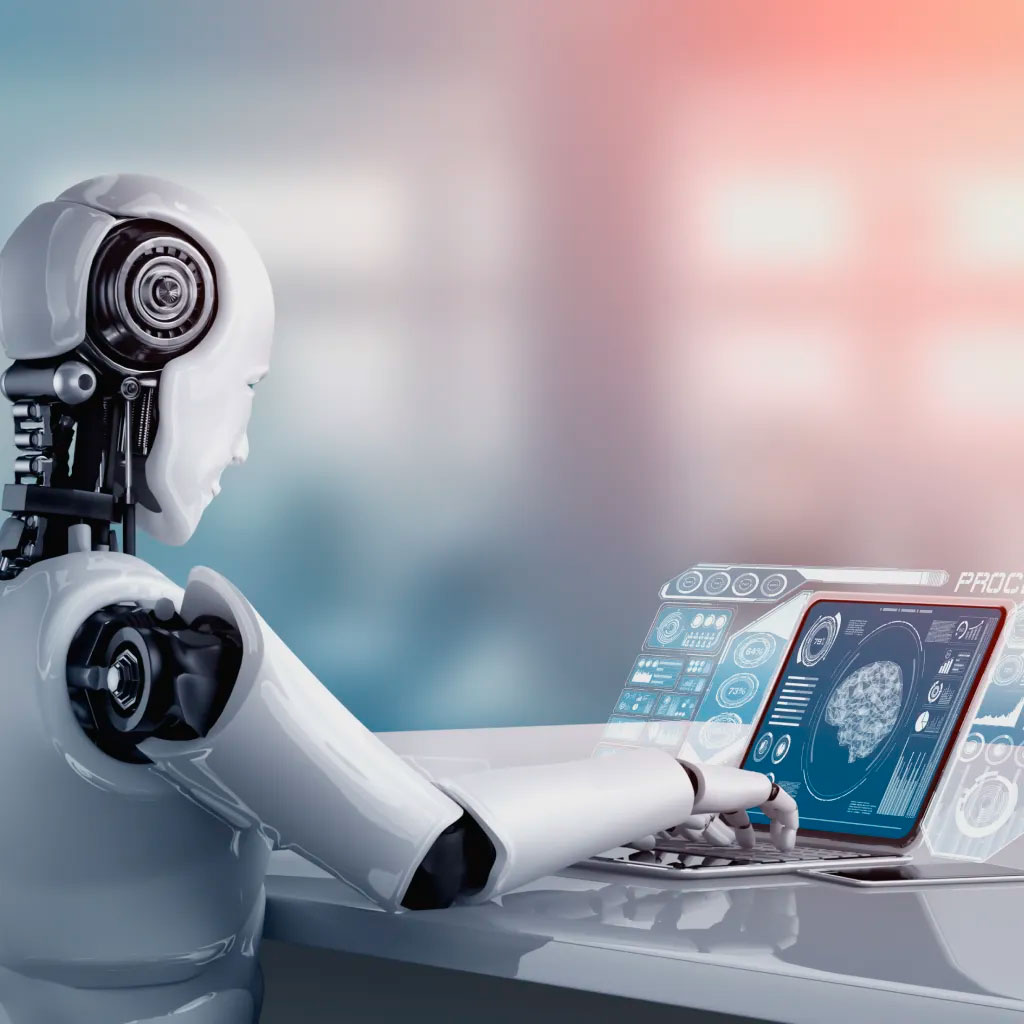
The digital landscape has undergone a seismic shift in recent years, with artificial intelligence and machine learning emerging as transformative forces reshaping industries, economies, and societies. What once existed primarily in the realm of science fiction has become our contemporary reality, driving innovations that seemed impossible just a decade ago. As we stand at this inflection point, understanding the trajectory and potential of AI and ML has become essential for businesses, policymakers, and individuals alike.
The Evolution of AI and ML
Artificial intelligence has a surprisingly long history, dating back to the 1950s when pioneer Alan Turing posed the foundational question: “Can machines think?” Since then, the field has experienced multiple cycles of enthusiasm and disappointment, often referred to as “AI winters.” However, the recent surge in AI capabilities represents a fundamentally different moment. Advances in computational power, the availability of massive datasets, and breakthroughs in algorithmic design have converged to create genuine progress.
Machine learning, a subset of AI, has been the primary driver of this progress. Rather than being explicitly programmed to perform specific tasks, machine learning systems learn patterns from data and improve their performance through experience. This paradigm shift from rule-based systems to learning-based systems has unlocked capabilities that were previously beyond reach.
Transforming Industries Across the Board
The impact of AI and ML is already visible across virtually every sector. In healthcare, machine learning algorithms are detecting cancers with accuracy that rivals or exceeds human radiologists. Drug discovery, a process that traditionally took years and billions of dollars, is being accelerated by AI systems that can analyze molecular structures and predict efficacy with remarkable precision.
AI-powered trading systems, fraud detection algorithms, and personalized investment recommendations have transformed the financial services industry. Manufacturing has adopted machine learning for predictive maintenance, resulting in reduced downtime and extended equipment lifespan. Retail companies use AI to optimize supply chains, predict consumer behavior, and deliver personalized shopping experiences.
In education, adaptive learning platforms powered by ML adjust content difficulty based on individual student performance, potentially democratizing access to high-quality tutoring. Transportation is being revolutionized by autonomous vehicle technology, which relies on sophisticated machine learning models to navigate complex environments safely.
The Competitive Imperative
For organizations across industries, embracing AI and ML is transitioning from a competitive advantage to a necessity. Companies that fail to integrate these technologies risk falling behind their competitors, who leverage them to reduce costs, improve efficiency, and create innovative products and services. The global investment in AI continues to surge, with both well-established corporations and ambitious startups pouring resources into research and development.
This creates a virtuous cycle: as more companies adopt AI and ML, they generate more data, which in turn improves model performance, driving further adoption. Winners in this cycle tend to accumulate advantages rapidly, making early and thoughtful investment critical.
Challenges and Considerations
However, the rise of AI and ML is not without significant challenges. Data quality and bias remain persistent concerns—machine learning models trained on biased data can perpetuate and amplify societal inequalities. The interpretability of complex models, often referred to as the “black box” problem, poses significant challenges in high-stakes domains such as healthcare and criminal justice, where understanding why a system made a particular decision is crucial.
Privacy concerns loom large as these systems require vast amounts of data. The computational resources required to train state-of-the-art models raise concerns about environmental sustainability. Additionally, workforce displacement in specific sectors poses a threat to social stability, necessitating proactive investment in reskilling and education.
Security vulnerabilities in AI systems are an emerging frontier, with adversarial attacks potentially exposing dangerous flaws in critical applications. Regulatory frameworks are struggling to keep pace with technological advancement, creating uncertainty about compliance and liability.
The Path Forward
Several trends will likely characterize the next frontier in AI and ML innovation. Explainable AI will become increasingly crucial as stakeholders demand transparency. Federated learning and privacy-preserving techniques will help address concerns about data privacy. The focus will shift toward “narrow” AI applications with deep domain expertise rather than pursuing artificial general intelligence.
Edge computing and model compression will enable AI capabilities to run on devices rather than requiring centralized cloud infrastructure, improving latency, privacy, and accessibility. Multimodal AI systems that can process text, images, audio, and video simultaneously will unlock new possibilities.
Perhaps most importantly, the field will mature in its thinking about responsible AI development. Organizations will increasingly recognize that building AI systems that are fair, transparent, accountable, and aligned with human values is not just an ethical imperative but a business necessity.
Conclusion
Artificial intelligence and machine learning represent the most significant technological development of our era. Their potential to solve pressing challenges in healthcare, climate change, education, and countless other domains is genuinely transformative. However, realizing this potential requires not just technical innovation but also thoughtful consideration of societal impact, ethical implications, and equitable access.
The next frontier in AI and ML innovation will not be defined solely by algorithmic breakthroughs or computational power, but by our collective ability to develop these technologies responsibly and deploy them in ways that broadly benefit humanity. For those ready to engage with this challenge, the opportunities are immense. For those who ignore it, the risks are equally significant. The age of artificial intelligence is not coming—it is already here, and its trajectory will be shaped by the decisions we make today.